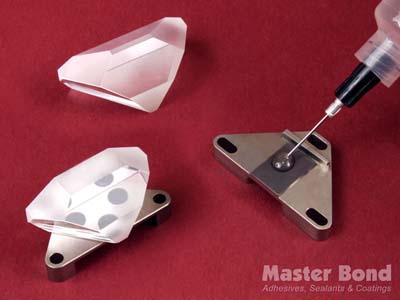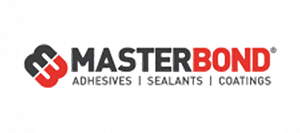
For demanding applications where highly flexible, impact resistant bonds are required, Master Bond developed Polymer System EP37-3FLF. This optically clear, two component epoxy has exceptional resistance to cryogenic temperatures and severe thermal cycling. Its low exotherm also makes it a superb potting, encapsulating and casting system, especially where wider cross section thicknesses are specified. Its unique combination of properties allows it to cure without stressing delicate electronic components.
Serviceable over the wide range of 4K to 250°F, EP37-3FLF cures at room temperature in 2 to 3 days or faster at elevated temperatures. This epoxy offers a convenient, non-critical 1 to 1 mix ratio by weight or volume, and a low mixed viscosity of 1,400 to 1,500 cps. Additionally, users can work with a 100 gram mass of the adhesive at room temperature for up to 90 minutes.
EP37-3FLF has a bond shear strength exceeding 2,000 psi and a T-peel strength of 25 pli. This flexible epoxy has an elongation of 180 percent and superior electrical insulation properties. It bonds well to a variety of substrates including metals, glass, ceramics, rubbers and many plastics and is widely used in the optical, electrical, electronic, computer and OEM industries.
EP37-3FLF is sold in pint, quart, gallon and 5 gallon container kits and has a 6 month shelf life if unopened and stored at room temperature.
Contact Details
Related Glossary Terms
- ceramics
ceramics
Cutting tool materials based on aluminum oxide and silicon nitride. Ceramic tools can withstand higher cutting speeds than cemented carbide tools when machining hardened steels, cast irons and high-temperature alloys.
- elongation
elongation
In tensile testing, the increase in the gage length, measured after fracture of the specimen within the gage length, usually expressed as a percentage of the original gage length.
- shear strength
shear strength
Stress required to produce fracture in the plane of cross section, the conditions of loading being such that the directions of force and of resistance are parallel and opposite although their paths are offset a specified minimum amount. The maximum load divided by the original cross-sectional area of a section separated by shear.

